The Mastabas of Qar and Idu G 7101 and 7102 - Digitally Revised and Enhanced Edition
Preface
Section 1 - About the Qar and Idu Digital Edition
Written by Krisztián Vértes, Egyptologist, Senior Artist at the Epigraphic Survey of the Oriental Institute, University of Chicago
Idu seated at a table from the west wall of his tomb, G 7102 (Giza, 6th dynasty, painting by Joseph Lindon Smith).
Artists and epigraphers spend considerable amount of time meticulously copying and explaining, and thereby preserving ancient Egyptian decorative surfaces for future generations. Ideally, the finished product, be it a single-weight line drawing or a more complex representation, is crafted equally precisely as the original work of art.
Maintaining Detail and Quality
However, two problematic areas arise when publishing these results. The first one concerns details. Ancient monuments tend to operate with elaborate scenes that are impossible to print on a single sheet without significantly reducing the amount of information. The limitations of printed publication, the most common choice of presentation, are apparent when looking at the hard copies of these visual interpretations. Publishers trying to reproduce entire scenes tend to experiment with double/triple foldouts or more prominent but separate sheets folded into pockets. More often ancient wall scenes are published in segments, which allow them to be appreciated at a larger scale at the expense of compromising integrity. These publications also need to include a basic wall layout at a reduced size, indicating each segment's place within the greater context. This formula has been so succesful in the past few decades that we regard it as the only possible solution to explore a monument's decorative scheme.
The second publishing difficulty relates to quality. While the printed book remains the essential way to summarize and guide one through an often decades-long research process, it is undeniable that the visual material suffers immensely from the format. On the one hand, we have all this work invested into the epigraphic process; and on the other, we have the published version that often doesn't live up to the quality of the originals. Until very recently, line drawings were generally the product of the artist spending several hours a day in front of the wall with large sheets/rolls of plastic or vellum taped to it, essentially creating a 1:1 facsimile of all the carved and painted elements. While these in situ drawings were usually reasonably accurate (and undistorted due to the nature of the process), the drawings went through numerous stages before receiving their final printed form in publication. For example, the original sketches made for the present publication were later re-traced in the studio and inked over before being sent out to photography and finally published at a reduced size (1:5). Naturally, there was room for error with every iteration and intervention, which affected the original.
Digital penciling of Idu's architrave on the iPad. Any significant reduction in size and quality would result in a considerable loss of information.
Since I started working as an epigrapher, one of my greatest desires has been to preserve the level of detail and quality recorded at the wall, while keeping the integrity of the original composition. Sadly, due to the limitations of scanning and printing, this aspiration had to remain largely theoretical until the most recent in computer technology.
Inked, color-coded representation of the Southern End Wall of TT65, the tomb of Imiseba (click to enlarge).
Finally, with some clever tweaks, certain web services seem to offer the perfect opportunity for drawings to be published in full resolution at a lossless quality equally enjoyable on both desktop and mobile devices. Our website has already taken advantage of this prospect on several occasions. The color-coded representation of an entire wall from Theban Tomb 65 might be one of the most memorable of these implementations.
With the digital re-release of William Kelly Simpson's 1976 volume, The Mastabas of Qar and Idu, digitalEPIGRAPHY had the golden opportunity to re-evaluate past practices concerning publications with wall scenes in focus. Due to a successful collaboration between the Giza Project at Harvard and the Epigraphic Survey of the Oriental Institute, a digital version of the book is presented here for the first time, re-structured as an online publication.
Reproducing the Qar and Idu Material Digitally
Consequently, one of the essential aspects of the digital version was to exhibit the line drawings at their original resolution. Naturally, since Qar and Idu's line drawings were created on paper, the actual resolution could only mean digitized resolution. As the reader revisits these drawings, it will become apparent that adding this extra layer of "transparency" can only go so far and is highly dependent on the quality of the source material. For this very reason, we also explored the idea of recreating these drawings digitally, based on recent extensive photo documentation of both structures. Due to technical difficulties and the extent of such a work, this option was dismissed for the most part. However, a sample scene was thoroughly re-evaluated digitally and developed into a standalone study included within the digital release. Nonetheless, this release is not just about publishing the original drawings at a higher resolution but also about reintegrating them with the text they belong to.
When we look at the pdf version of the publication, the issues of the 1976 book become apparent. The most noticeable problem affecting "readability" is the utter disconnect between the visuals and the written context. The book's linear narrative drifts from room to room, introducing each scene through a basic visual description accompanied by the transliteration and translation of the associated inscriptions. This otherwise reasonably straightforward affair can only be evaluated by constantly reaching for the plates and figures at the end of the volume.
Responding to this challenge, the core element of the digital re-release was the tight integration of image and text. While profoundly respecting the book's structure, we wanted to supplement the written material with as many visuals as possible, even beyond what appeared in the source material. You'll find unreleased archival photographs, 3D renderings, clickable maps, zoomable drawings, and several wall maps embedded in the text that were explicitly created for the digital re-release. Altogether, we hope these elements provide a comprehensive view of the tombs, as well as enhance the original book in meaningful ways and facilitate future publications concerning epigraphic material.
The Article Format and Navigating the Content
The book's content is presented on the web as a sequence of standalone segments. This format has many advantages over a more "static" presentation. The responsive design allows these "articles" to be automatically formatted for any screen from desktop computers to phones and anything in between. Since more than 50% of our readers access the website on their mobile devices (!), we wanted both text and visuals to appear as approachable as possible, even on the smallest of screens. For this to happen, a mobile-specific interface had to be developed, where all images are clickable and can be observed in detail without taking the reader away from the main path.
The digital presentation consists of the Table of Contents (upper right), the Article Reader (left), and the Plates and Figures Galleries (lower right).
Each separate entity is the digital equivalent of a book segment dealing with a specific component of the two mastabas. The three main chapters, Preface, Part I – Qar G 7101 and Part II - Idu G 7102, interlink these so-called sections. Each section opens with the 3D model of the tomb in question on top and the relevant content in focus. Interacting with the 3D rendering, one can easily visualize the greater context and see how a specific chamber or wall segment communicates with the rest of the monument. Although this interactive 3D window may seem like a convenient way to navigate the book's content, you won't be able to jump between areas just by using the model for two reasons. First, the model would appear too small on mobile devices, therefore it would be cumbersome to operate. Second, we found it very important for the reader to respect and follow the original book's intended narrative. That said, you can quickly move between the previous and next sections by clicking on the article selector at the bottom of each article (What to Read Next), or interact with the Table of Contents that is always present on the right.
Right below the 3D window, you'll find a color-coded map highlighting the discussed area. These more conventional location specifiers, explicitly created for the web release, are displayed throughout the entire publication. At the top of each article, the overall view shows the actual room within the tomb and the cemetery area. Furthermore, smaller map snippets (often marked by the Click to locate moniker) are attached to each wall description indicating the actual scene's position within the room.
Wall map of the east wall at Idu's Offering Chamber in comparison with the orthomosaic photomontage of the same area (Orthomosaic by Luke Hollis)
Finally, there are so-called wall maps of entire wall surfaces localizing the designated decorative area on the wall. As none of the drawings and very few of the original photographs indicate actual ceiling and floor levels, these simplified line drawings are a tremendous help in visualization. This multi-step locating system, used consistently throughout each section, helps focus the reader's view by nesting each element within a larger unit. If, for example, you wanted to know more about a hieroglyphic inscription located on the south wall in Court C of the mastaba tomb of Qar, you should be able to find it effortlessly and contextualize it at the same time.
Additional Information
The fold-down window is a new web element developed explicitly to facilitate additional information. These sections are essentially sub-articles nested within the main article, hidden behind a button. It is a very clever solution, as one can dedicate a single word or an entire phrase to be the "gatekeeper" for any type of extra information, such as text, image, video, drawing, web links, or a mix of the above. Even slideshow carousels can be embedded as such. What is ingenious about this system is that it is very subtle, marked by white text in a solid blue box. When one hovers over these areas, the blue background switches to orange, indicating that you can find extra content by clicking on the text. All content hidden behind this wall appears on a solid grey background with dark grey captions and white text. It is instantly recognizable and distinguishable from the main script. You can fold it back up by clicking on the blue rectangle again.
Fold-down windows can hold a great deal of information, including images, drawings, links, or even slideshow carousels.
In the Qar and Idu publication, we mainly use fold-down windows to hide wall maps. All wall maps are clickable, and when you do so, they open the original drawing they are based on. As was said above, all illustrations are zoomable, and – just like maps - they open in a separate window to avoid interfering with the core text and to be more approachable on mobile devices.
Fold-down windows also seem to be a natural fit for footnotes. Once again, we didn't alter the reference material provided by the original publication. However, we enhanced them in meaningful ways. Including direct links to plates and figures wherever they are referenced was already self-evident for the web adaptation. But we went much further than that.
Keeping the original consecutive numbering system, the footnote content can be accessed directly within the text. White numbers in solid blue rectangles mark individual footnotes. Clicking on the number reveals the original footnote and snapshots of the referenced material, with direct links to the source whenever applicable. The prospect of including such enhanced footnotes can't be overstated. We owe a great deal to Júlia Schmied for finding all the extra material incorporated here.
Enhanced footnotes are an essential part of the digital re-release, offering direct links to pages of other publications/collections available online.
As with the maps and drawings, when opened, external links hover in separate windows, allowing the reader to explore their content near the core text. We hope that the incorporation of such features will help research immensely and gives excellent perspective for the future. One can't help but imagine online databases tied in digital publications in a similar manner.
Finally, there was one more area where Qar and Idu benefited from fold-down windows: the Object Registry. The objects found in and around the mastabas were only listed with a short description. Although much of the material was photographed during the excavation and later in the museum, they were not included in the published version. Luckily, these photos are now part of the Digital Giza Archive and can be found online. You'll find these photographs hidden behind the standard white text in a solid blue text box. Naturally, we didn't have to replicate the excellent database Harvard had already built for the objects. We only had to provide a placeholder image for each entry. If more information is needed, one can quickly access the object's Giza Archive registry by clicking on the image. Once again, it opens in a floating window.
Objects in the registry are represented with their photos, wherever it was retrievable. Photos are gateways to the relevant entries in the Digital Giza Archive.
Supplements
No digital publication would be complete without a collective database of all the photographs and drawings associated with the material. The entries, adequately named as Plates and Figures, can be found in the Supplements section, below the Table of Contents on the right. Clicking on the collective title takes one to the relevant gallery, where all records are displayed in alphabetical order. Each entry has its own “article view,” with the drawing or photograph in its original resolution with links to their occurrence(s).
Having a dedicated collective place for images and drawings is essential for any epigraphic publication. Each entry in these “galleries” includes references of occurrence.
Conclusions Derived from the Process
With the digital publication of William Kelly Simpson's tome, digitalEPIGRAPHY wanted to contribute to the work already invested in the tombs of Qar and Idu. Altogether the current re-release must stand as an experiment exploring publishing possibilities only the worldwide web can offer. This version certainly isn't meant as the quintessential digital template for epigraphic publication. Also, one must keep in mind that all projects are different, requiring the best practices suiting the available material.
As for future publications, we would certainly be interested in incorporating these ideas into more complex projects. For example, it would be immensely beneficial for objects/fragments related to a project to be collected in an online database that is more closely tied to the publication. Such collections could be permanently displayed as part of the Supplements sidebar, with relevant entries “popping up” in the text. While Qar and Idu didn’t provide such an opportunity, we have the feature built into the website and is already utilized for collecting painted hieroglyphs.
Qar and Idu’s publication is straightforward. I dare to say it is one of the more bare-bones presentations among tomb publications, primarily interested in a basic description of what is depicted on the walls. It would be interesting to see what the online reconfiguration of a more varied material could offer. Adapting publications that include archaeological context while providing a more in-depth analysis of the data, images, and text would stretch the boundaries of online presentation. More complex visualizations, such as 3D renderings and drawings with multiple layers of information, can also only be included with the digital environment in mind. In this regard, the future of publication looks brighter than ever.
My eternal gratitude goes to Professor Peter Der Manuelian, the director of the Harvard Museum of the Ancient Near East, for dreaming up this project in partnership with digitalEPIGRAPHY. I would also like to thank him for providing a plethora of additional photographs, epigraphic material, and textual information associated with this project. Also, I would like to thank the Giza Project at Harvard for letting us display their material and provide links for their database entries. Finally, I would like to thank my colleagues who participated in this experiment, offering essential data for the digital re-release of The Mastabas of Qar and Idu. All recent digital photographs are courtesy of Luke Hollis (Creator of Mused and Co-founder of the New Alexandria Foundation) and Marleen de Meyer (Postdoctoral researcher at KU Leuven, Department of Archaeology, Assistant Director for Egyptology and Archaeology, Netherlands-Flemish Institute in Cairo). The orthomosaics appearing in this publication are also the work of Luke Hollis, with one exception: the complex photo background created for the digital line drawing of Idu’s architrave. This high-resolution montage is a piece of art by itself, developed by Owen Murray, photographer at the Epigraphic Survey of the Oriental Institute, University of Chicago. You can read about his experience here. I’d also like to thank Ariel W. Singer (Egyptologist, Ph.D. candidate at the University of Chicago and Epigrapher at the Epigraphic Survey of the Oriental Institute, University of Chicago) for complementing the digital drawing of the architrave with an updated transliteration and translation of the text. The conclusion of her work can be accessed here. Last but not least, I would like to thank Egyptologist Júlia Schmied (digitalEPIGRAPHY Administrator and Blockyard Assistant at the Epigraphic Survey of the Oriental Institute, University of Chicago) for investing a tremendous amount of time and energy to help adapt the original pdf for the web. Without her, there would be no supplements to include in the re-release.
Krisztián Vértes
Egyptologist, Senior Artist at the Epigraphic Survey
of the Oriental Institute, University of Chicago



.jpg)

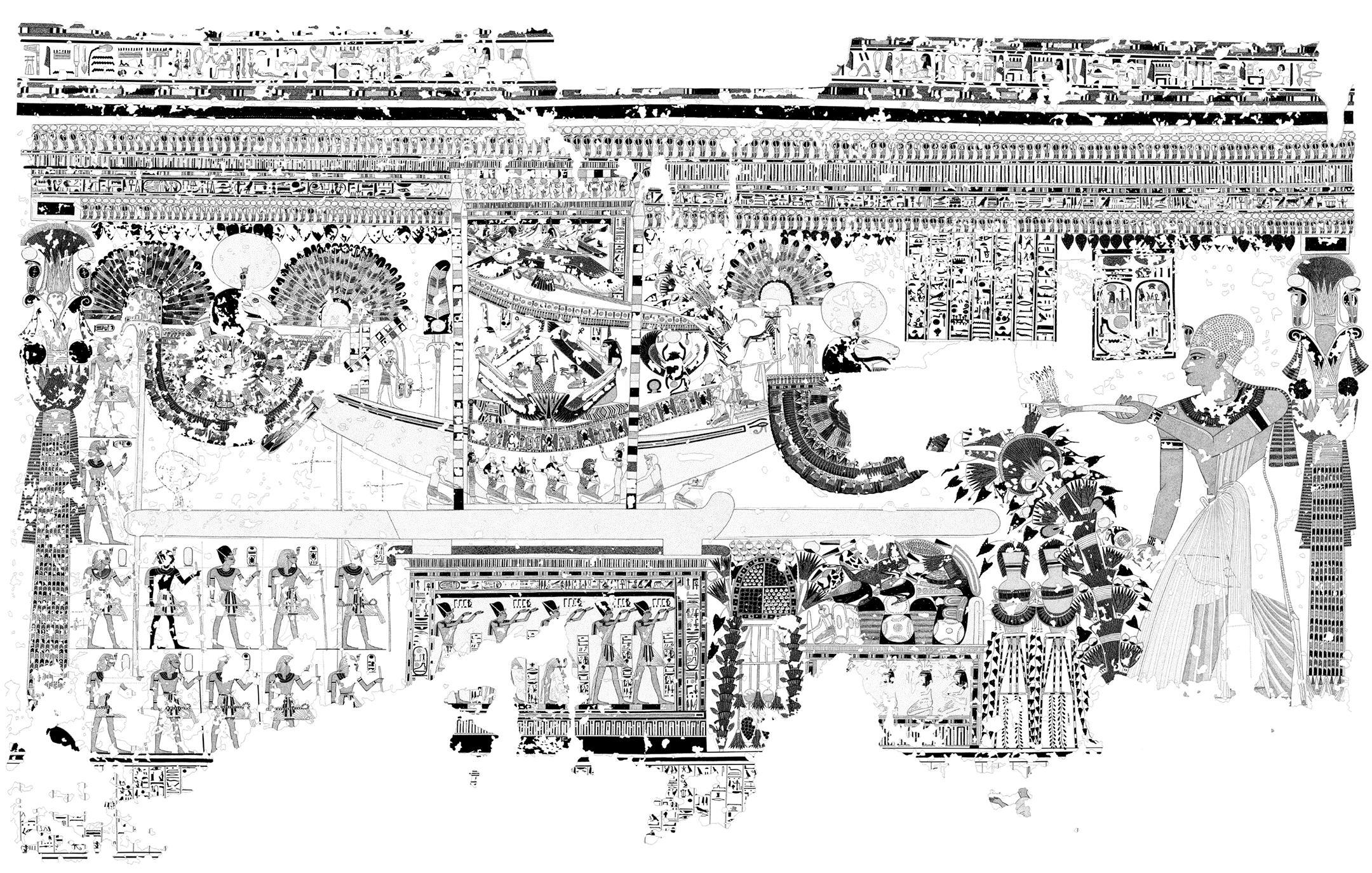
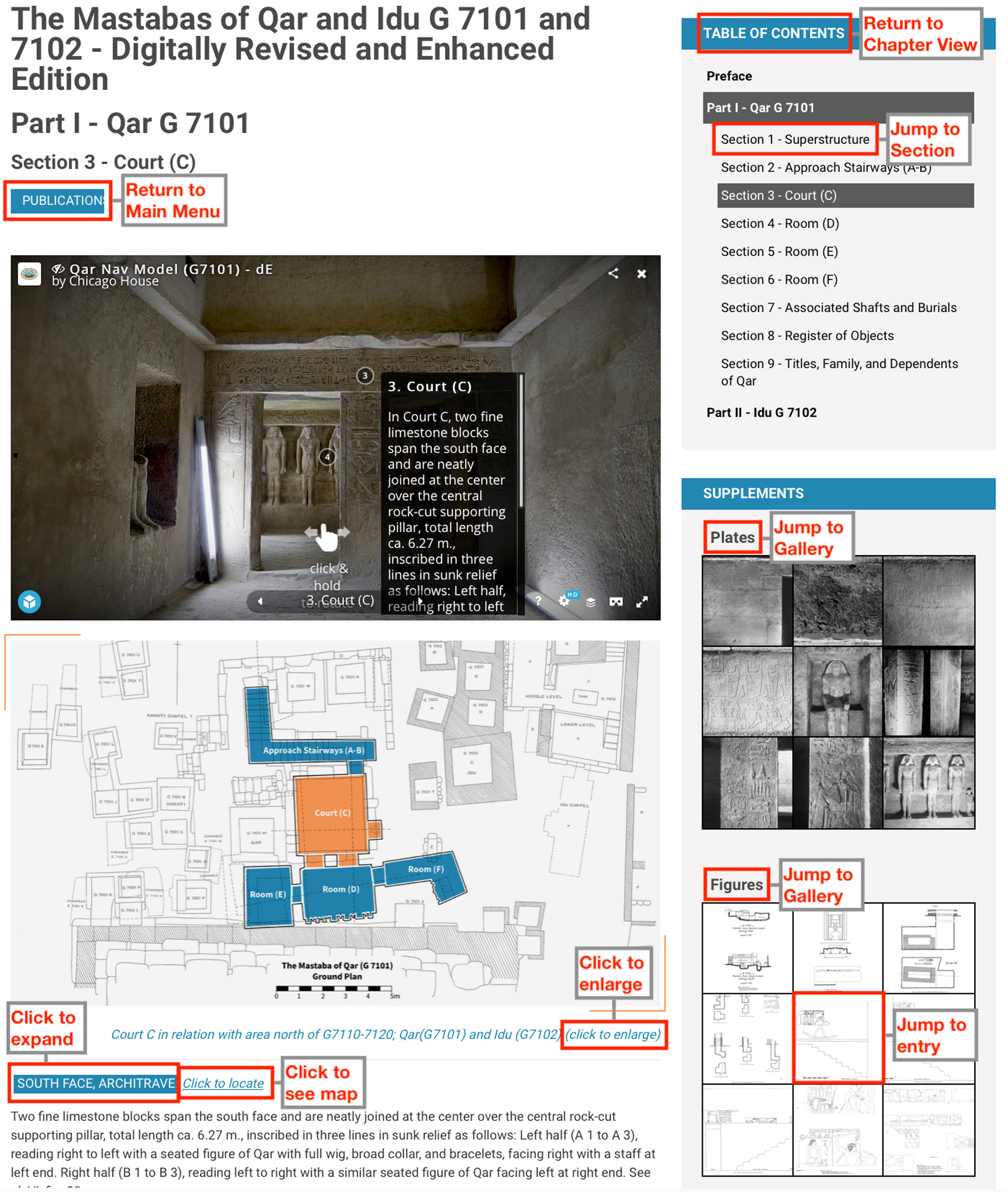
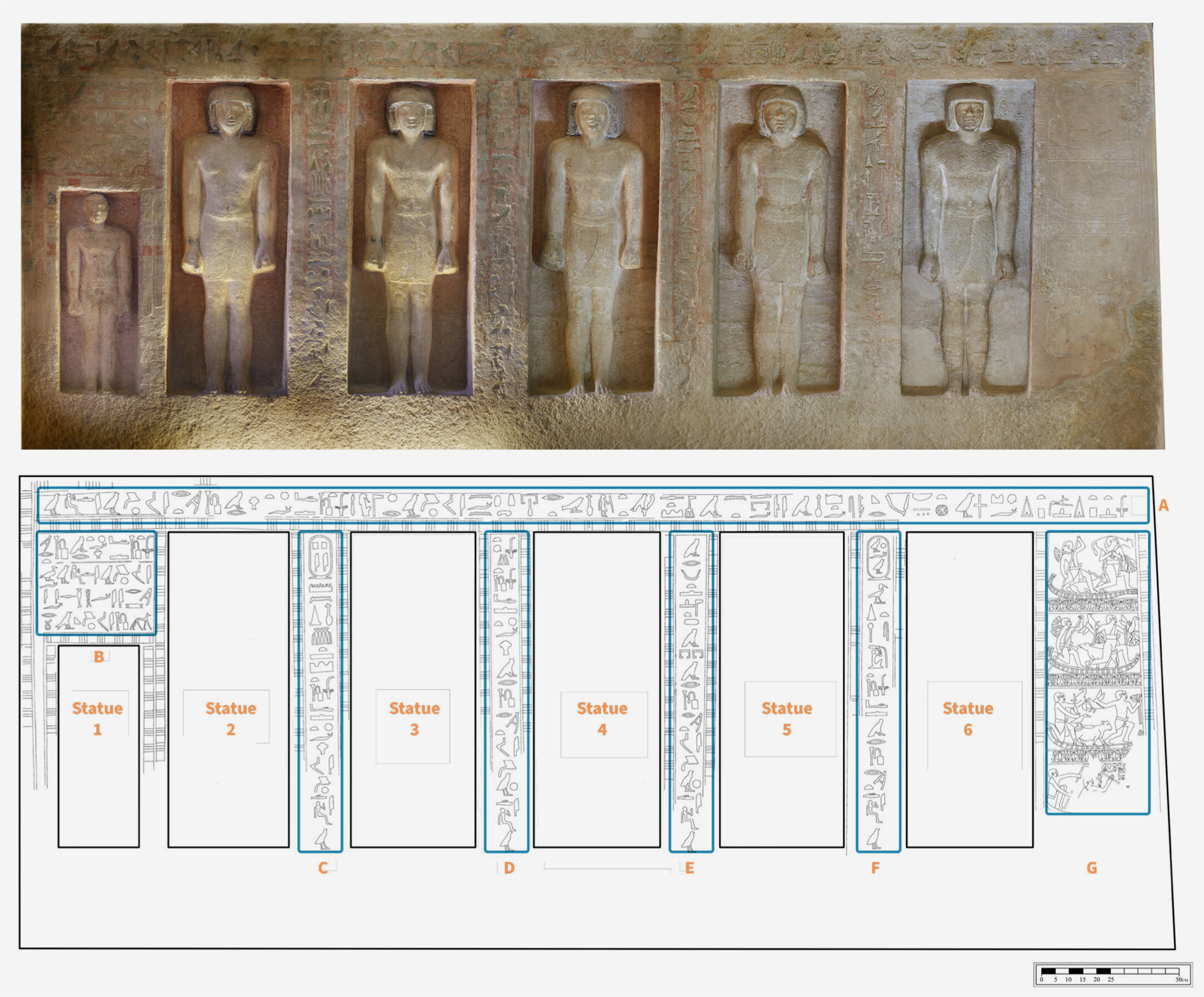
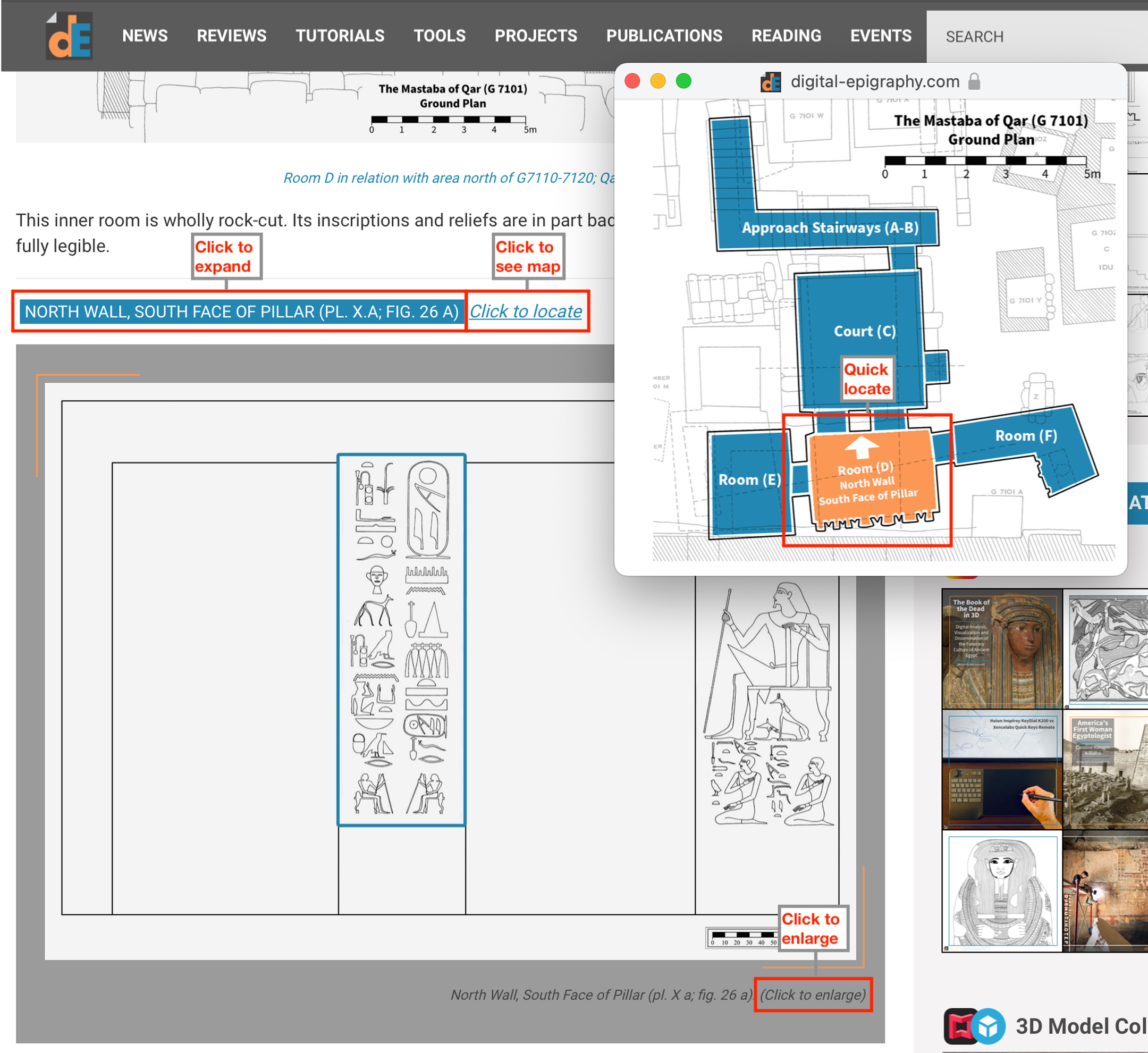
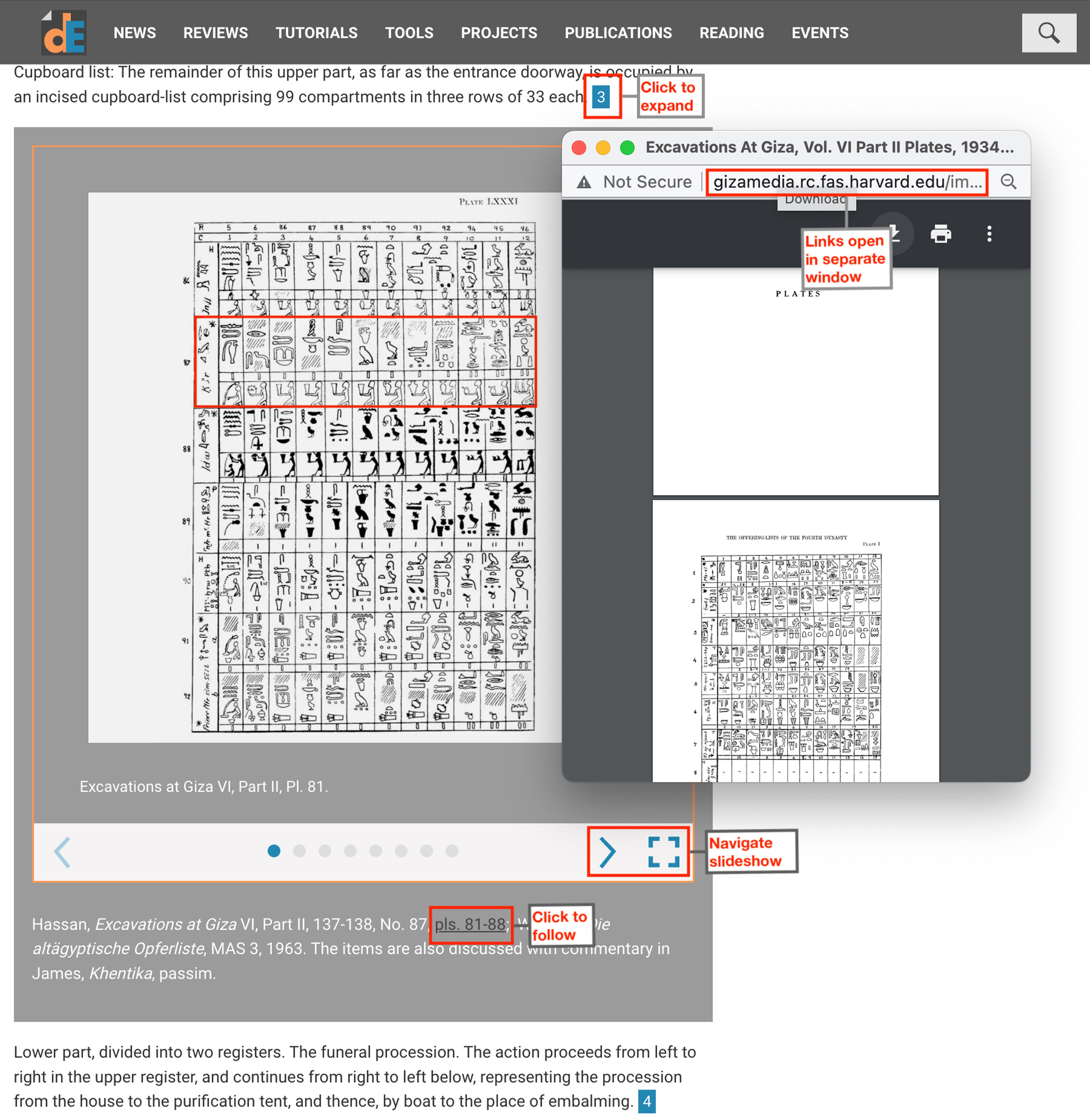
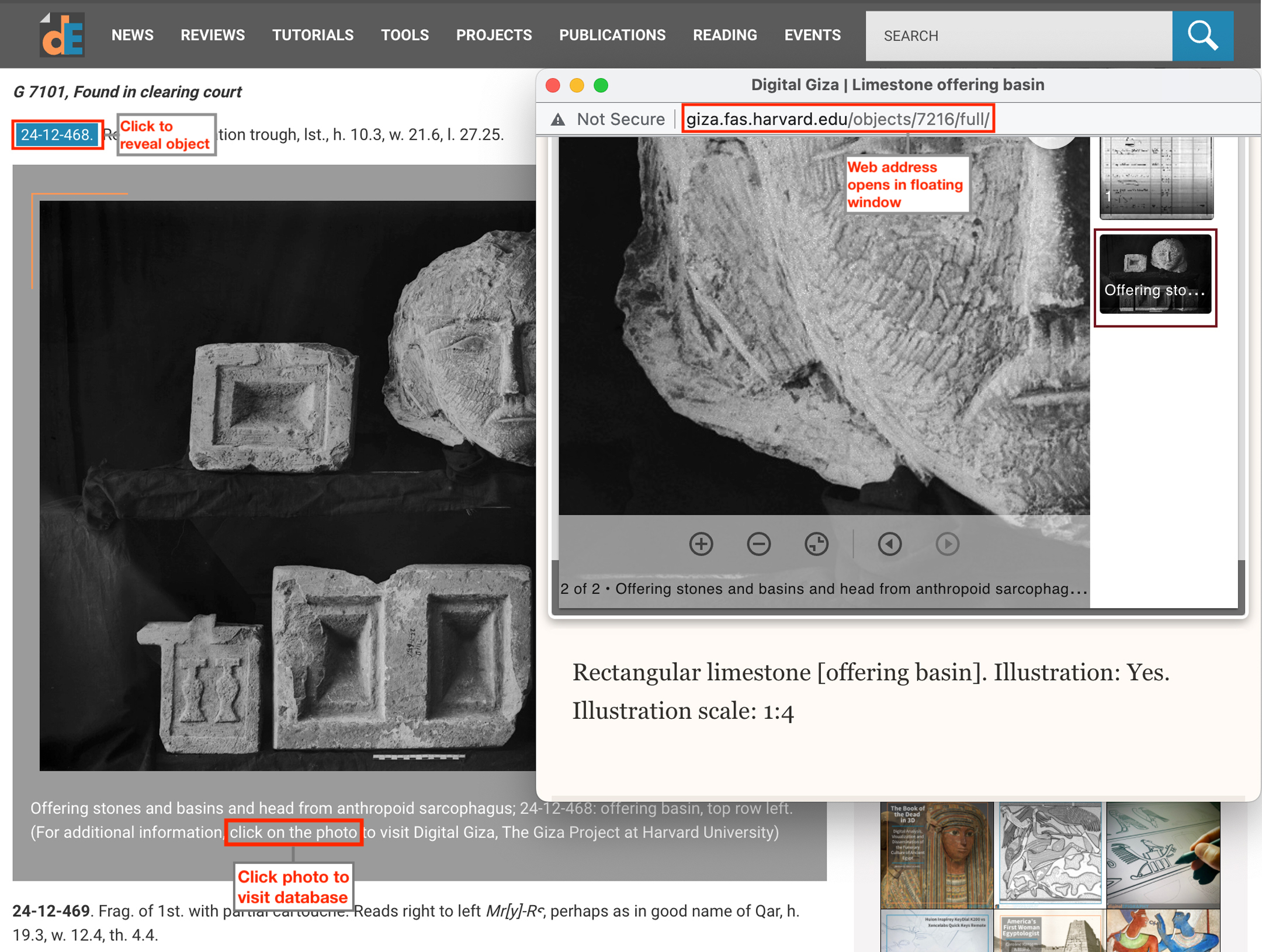
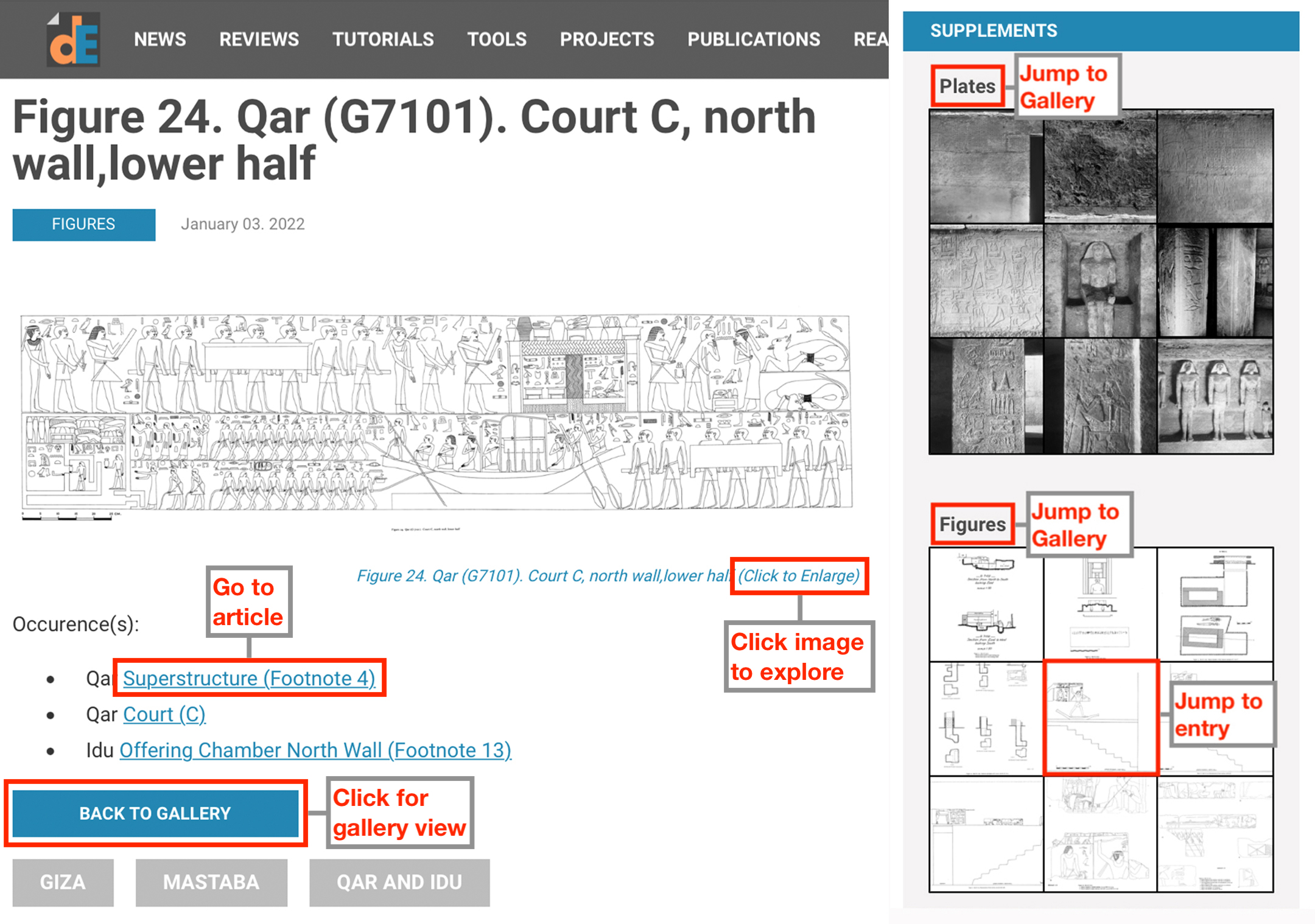
0 comment(s)
Leave a comment(We'll keep your email address private)